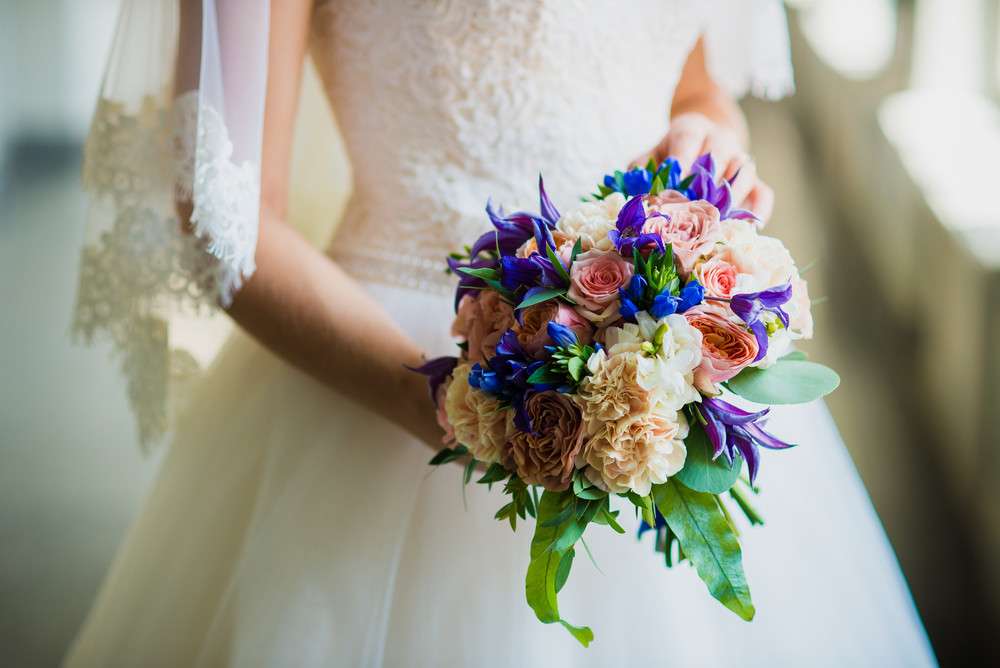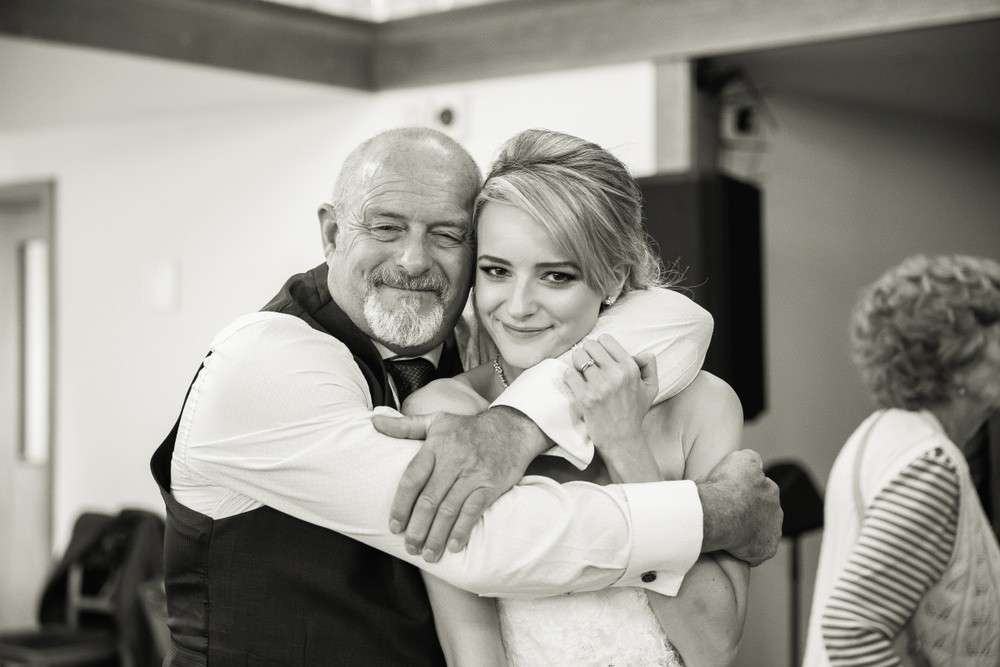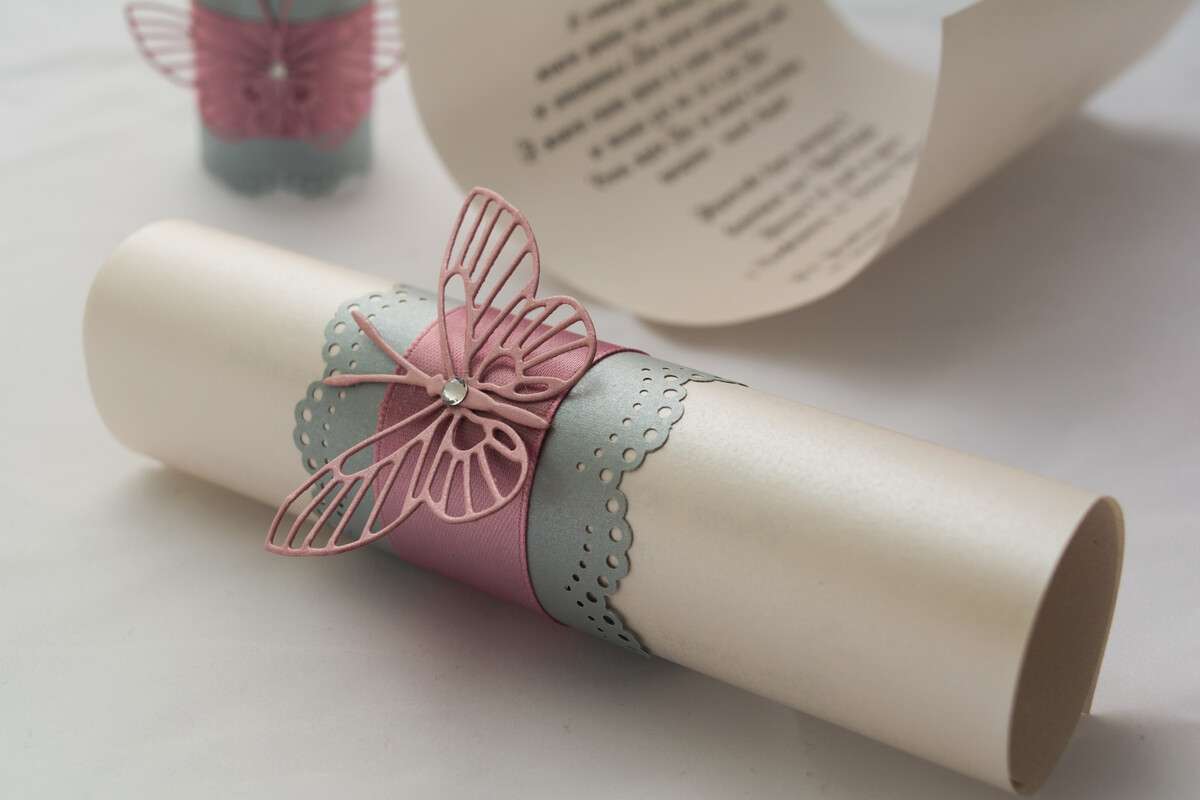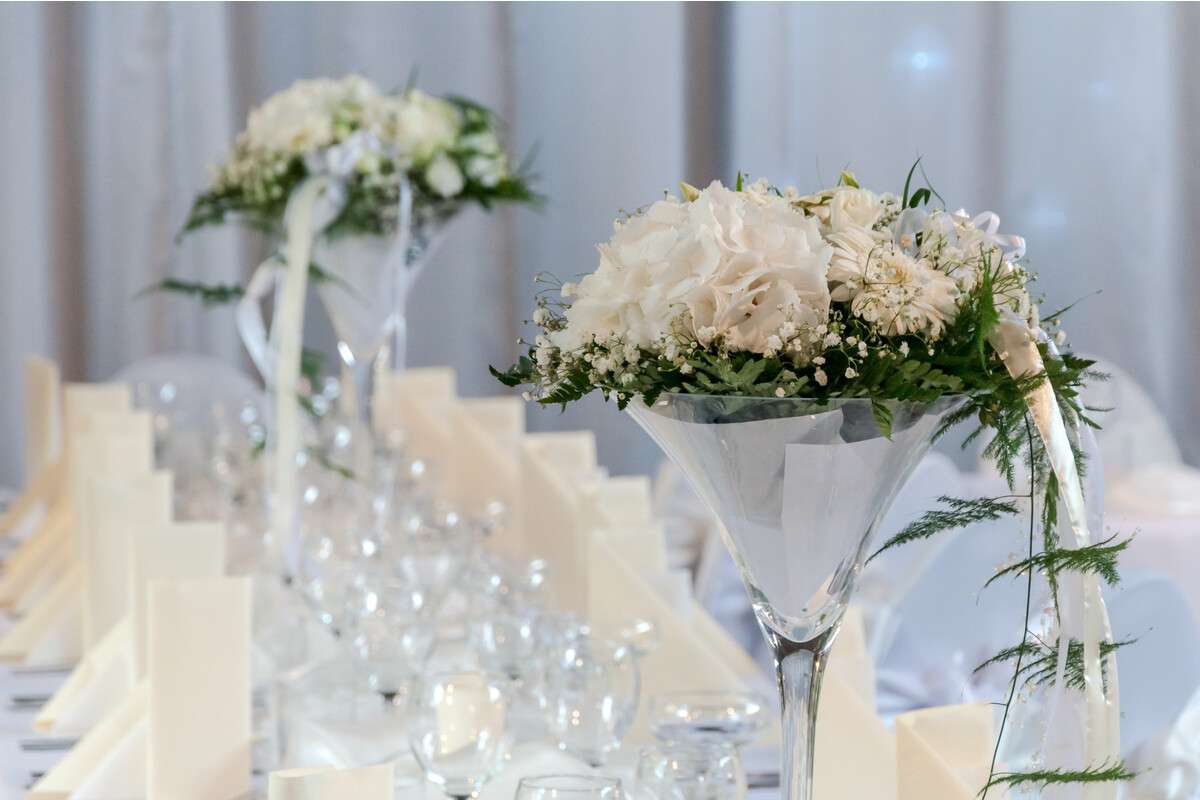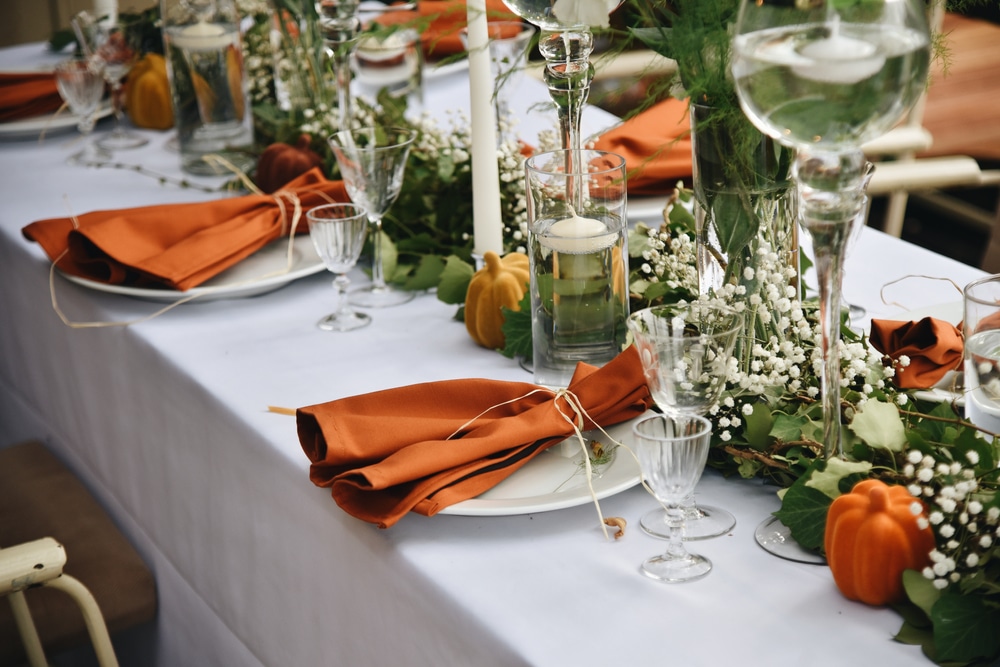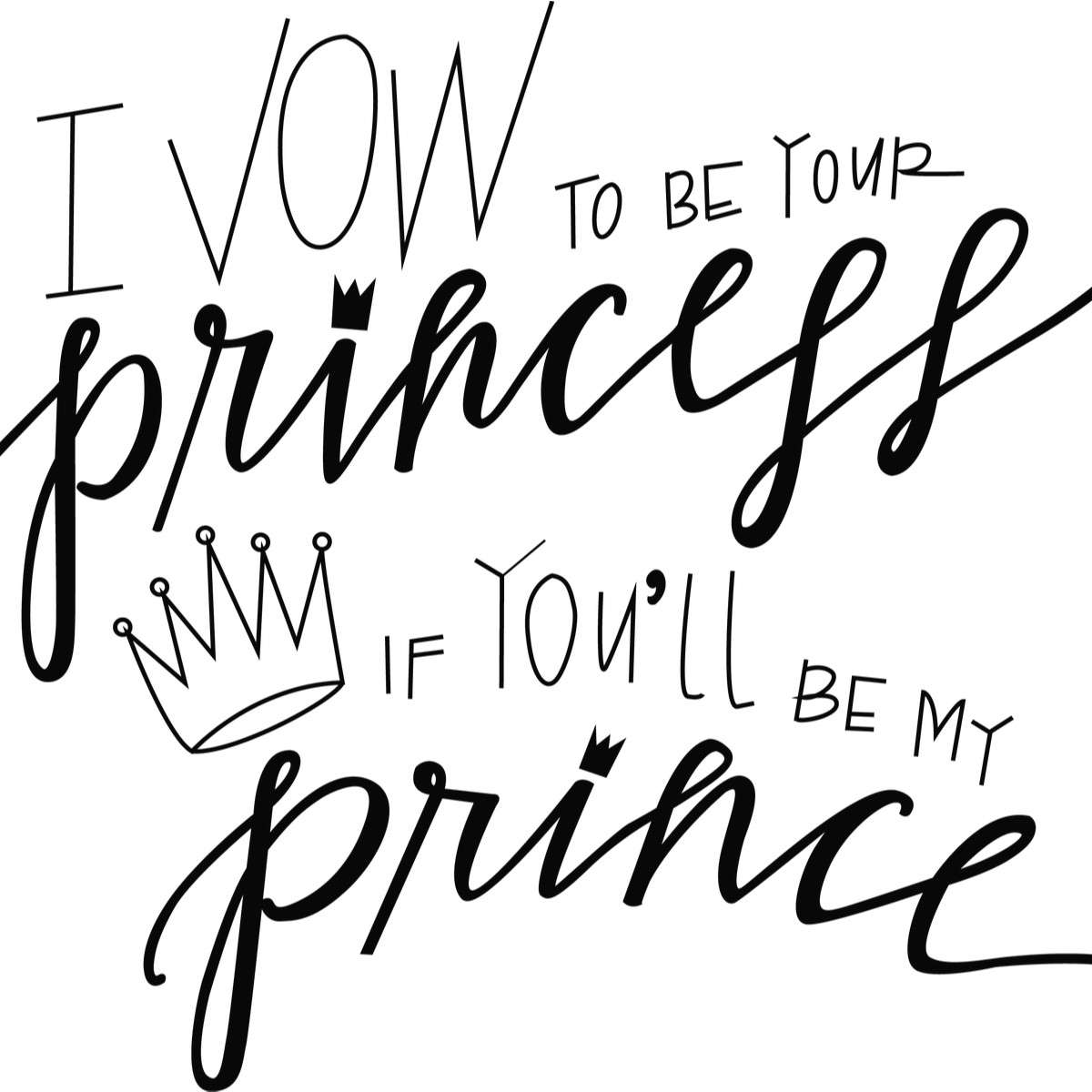Different engagement period in different countries
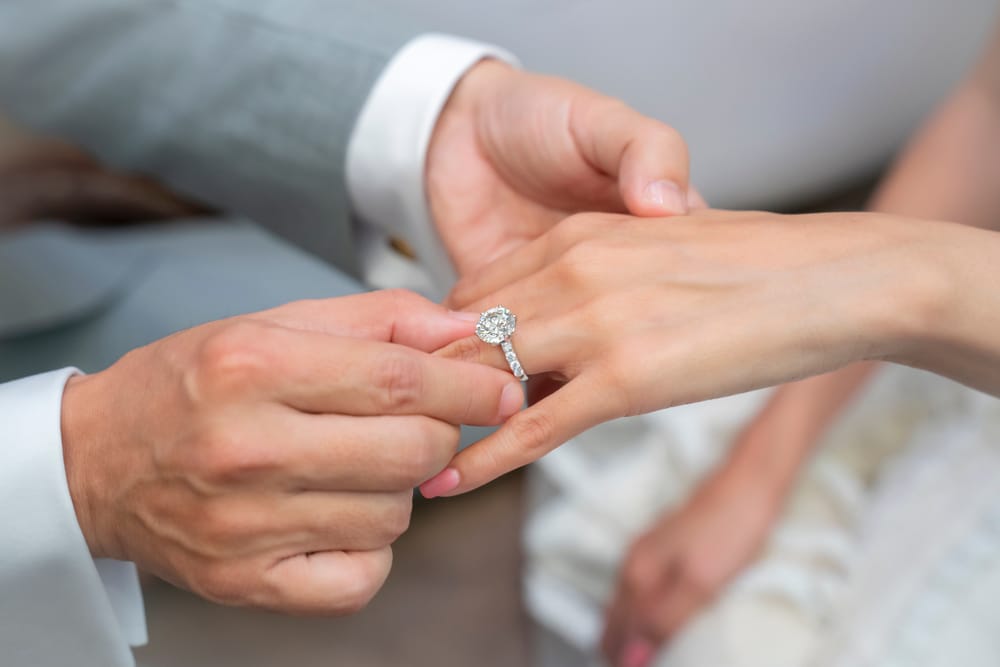
Previously, the engagement was equal to marriage
The rupture of the relationship between the fiancées during the engagement period was negatively judged by the surrounding people. The aggrieved party could even bring about a penalty for the initiating party. The relationship between young people during the engagement period was different in different countries. For example, the young people from peasant families in Westphalia ( Germany ) started married life immediately after the engagement.
- In contrast, in Italy, engaged couples could only meet at the bride’s home, and talk under the supervision of their parents.
- In Switzerland, the engaged couple had to pass a peculiar test. Both had an interview with the pastor, who after this determined if the young people were ready for marriage.
- In earlier times, during the engagement, property relations were discussed, e.g. what the bride would bring to the groom’s house. The wedding was also organized at this time.
- In the rural places of Spain, the engagement period lasted from 3 weeks to 3 months.

A long time could lead to the break of engagement
- In Germany, the engagement period was very long. From the engagement to the wedding could pass a few years. Young people should build their life together in their own house. Time was needed for the acquisition of the house. Very often the engagement was organized on a holiday. The parents, family members and relatives of the bride and groom were introduced to each other. Gifts were also exchanged.
- In many countries, the groom received a shirt that the bride had sewn herself and the bride received from the groom a scarf, a golden cross, a golden chain, jewelry or a ring. In the event of a broken engagement, the gifts had to be returned.
In some countries there used to be the following custom
During the engagement period, the young people, especially the bride, had to beware of the “evil forces”. Various “guardians” such as silver coins, dry grass, dry leaves, etc. served as protection. These items were hidden in the clothing of the bride. During the engagement period, the bride spent a lot of time at home: she had to take care of the trousseau for her new home. The parents of both fiancées were busy preparing the wedding ceremony and the wedding party during this time.

